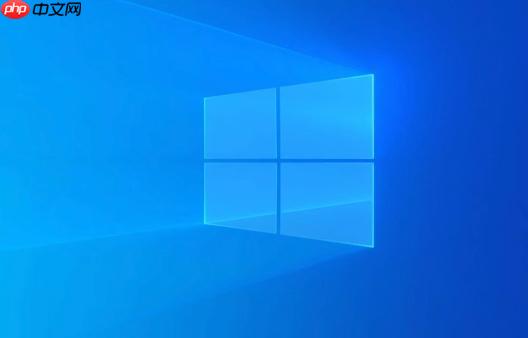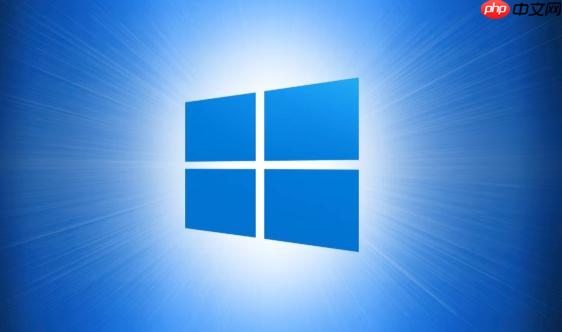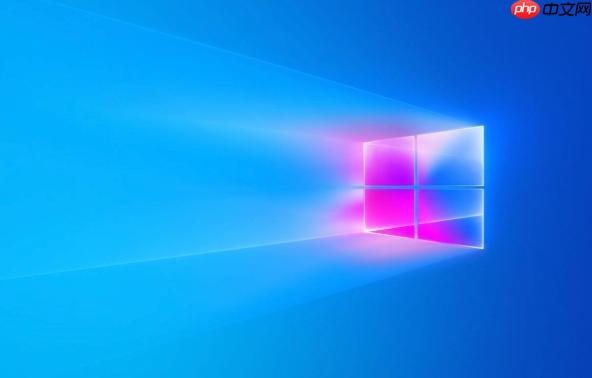The touch screen is not sensitive and can be solved by calibration, but if it is not effective, the hardware connection needs to be checked,Update the driver, adjust settings, or troubleshoot hardware failures. (1) Confirm whether the connection is stable; (2) Run win8 with calibrationtooland follow the prompts; (3) Adjust the sensitivity and other parameters in “Pen and Touch”; (4) Update or reinstall the driver through Device Manager; (5) Turn off the energy saving option in power management; (6) Attempt system restore; (7) Eliminate environmental interference, static electricity or electromagnetic influence; (8) Check whether the trackpad is disabled or set incorrectly; (9) Enter the BIOS or use Live CD to test whether it is a hardware problem; (10) If it still cannot be solved, it is recommended to contact professional maintenance personnel.

ComputerThe touch screen is not sensitive, especially under Win8 systems, and the touch response delay can usually be solved by calibration. But calibration is not a panacea, and aging hardware or driver problems can also cause touch problems.

solution

-
Check the hardware connections: First, check whether the connection cable of the touch screen is loose. If it is an external touch screen, replug and unplug the USB cable or power cable to ensure a stable connection. If it’s a laptop, you can try restarting your computer to see if it can be restored.
-
Run the touch screen calibration program: Win8 comes with a touch screen calibration tool. Search for “calibration” in the control panel, and you will usually find “screen for calibration pen and touch input”. Click Open and select the “Calibrate” button. Follow the on-screen prompts and tap the cross on the screen. When calibration is complete, the system prompts to save calibration data.

-
Adjust the touch screen settings: In the Pen & Touch settings window, you can adjust the sensitivity and gesture settings of the touchscreen. For example, you can adjust the double-click speed, long press time, etc. These settings may affect the response of the touchscreen.
-
Update or reinstall drivers: Touchscreen drivers may be outdated or corrupted. Open Device Manager and find “Ergonomic Input Devices” or a similar device category to locate your touchscreen device. Right-click on the device and select “Update Driver”. If the problem persists after updating the driver, you can try uninstalling the device and restarting your PC to let the system automatically reinstall the driver. Sometimes, it may be more efficient to download the latest drivers from the device manufacturer’s website.
-
Check the power management settings: Sometimes, power management settings can cause the touchscreen to go to sleep after a period of inactivity, resulting in a delayed response. Open Device Manager, find the touchscreen device, right-click, and select “Properties”. In the Power Management tab, uncheck Allow the computer to turn off this device to conserve power.
-
System Restore: If none of the above methods work, you can try using System Restore to restore the system to a date when the touch screen is working normally. This can undo recently installed software or drivers that may be causing touchscreen issues.
-
Hardware Failure: If all software methods don’t work, it’s likely that the touchscreen hardware itself is faulty. In this case, the touch screen may need to be replaced.
What should I do if the touch screen is still not sensitive after calibration?
Touchscreen calibration is only the first step in fixing touchscreen problems. If it is still not sensitive after calibration, there may be a reason for the following:
- Environmental Disturbances: Is there dust, dirt, or other foreign objects on the surface of the touchscreen? These foreign objects can interfere with the sensing of the touchscreen. Gently wipe the surface of the touchscreen with a clean, soft cloth.
- Electrostatic interference: Static electricity can also cause the touch screen to be insensitive. Try using a humidifier in a dry environment or cleaning the surface of the touchscreen with an anti-static brush.
- Electromagnetic interference: Some electrical devices may generate electromagnetic interference and affect the normal operation of the touch screen. Keep the touch screen away from these devices.
- Hardware Aging: Touchscreens can be used for too long and may experience hardware aging, leading to reduced sensitivity. In this case, the touch screen may need to be replaced.
- Software Conflicts: Some software may conflict with the touchscreen driver, causing the touchscreen to be insensitive. Try uninstalling the recently installed software to see if that fixes the problem.
Win8 trackpad suddenly fails, but the mouse works, how to fix it?
When the trackpad fails but the mouse works, it’s usually a driver or setup issue rather than a hardware failure.
- Check if the trackpad is disabled: Many laptops have a shortcut to disable the trackpad, usually the Fn key plus a key with a trackpad icon. Check if you have touched the shortcut by mistake.
- Check the trackpad settings: Search for “Mouse” in the Control Panel to open the Mouse Properties window. Find “Trackpad” or a similar tab (different trackpad brands may have different tab names). Make sure the trackpad is enabled. Some trackpad drivers allow you to automatically disable the trackpad when you connect a mouse, checking if the option is checked.
- Update or reinstall the trackpad driver: Open Device Manager, find Mouse and other pointer devices, and find your trackpad device. Right-click on the device and select “Update Driver”. If the problem persists after updating the driver, you can try uninstalling the device and restarting your PC to let the system automatically reinstall the driver.
- Check BIOS settings: The trackpad can be disabled in the BIOS settings of some laptops. Go to the BIOS settings (usually press the Del, F2, or F12 key when powering on) and check if the trackpad is disabled.
- System Restore: If none of the above works, you can try using System Restore to restore the system to a date when the trackpad is working normally.
How can you tell if it’s a touch screen hardware issue or a software issue?
To determine if the touch screen problem is due to hardware or software, you can try the following methods:
- Test in BIOS: Go to the BIOS settings interface of your computer. If the touchscreen is also not working properly in the BIOS, then it is most likely a hardware problem. Because BIOS is a separate system and is not subject tooperating systemand driver impact.
- Boot with Live CD or USB: Boot a standalone operating system (e.g. Linux) using a Live CD or USB. If the touch screen still doesn’t work in a system that boots from a Live CD or USB, it’s likely a hardware problem.
- Change operating system: If you have the conditions, you can try reinstalling the operating system. If the touch screen still doesn’t work after reinstalling the operating system, it’s likely a hardware issue.
- To connect to another computer: If it’s an external touchscreen, you can try connecting it to another computer. If the touchscreen works on another computer, it’s likely a software issue with the first computer.
- Observing the Touch Screen: Look closely at the surface of the touchscreen for physical damage, such as cracks, scratches, or dents. These physical damages can cause the touchscreen to not work properly.
- Check the Event Viewer: The Windows Event Viewer can record various events that occur on the system, including hardware errors. Open the Event Viewer and look for error messages related to the touchscreen. These error messages may help you determine if it’s a hardware or software issue.
If after the above tests, it is still impossible to determine whether it is a hardware problem or a software problem, it is recommended to consult a professional repairer.
The above is win8ComputerFor more details on the calibration steps of touch screen insensitive clicks _win8 touch response delay, please pay attention to other related articles on php Chinese network!